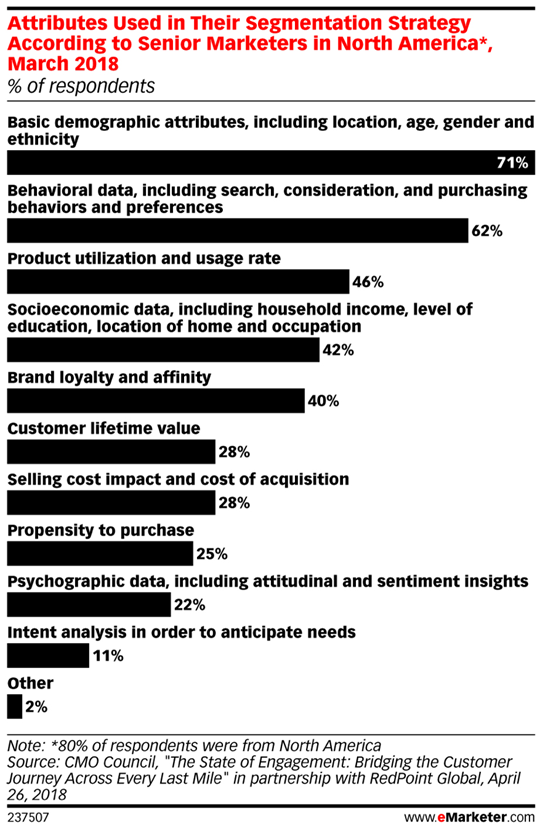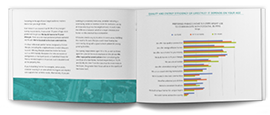Sign up for our LAVY email
and get our bi-monthly newsletter.
Every home builder requires visitors to register before touring their model homes. Signing up for your email list is even encouraged ahead of time for those who find your properties online.
While collecting names and contact information is a great place to start, it doesn’t go nearly far enough.
That’s because if every contact is added to a single follow-up drip email campaign, it won’t be personalized enough to meet everyone’s needs. Worse yet, if your message is too general, it won’t resonate strongly enough with anyone to be as effective as it could be.
Fortunately, there’s a much better way. With 1:1 marketing campaign automation, the way you interact with your contact list can help you close the sale and lower cancellations with those who have already agreed to buy.
Sounds good, right? Let’s take a closer look.
Everyone has a reason to buy a home. We know the cycle generally begins with the need for a starter home and basic wants and needs. The buyer could be someone in college who will share the place with roomies, or the buyer might be a young, single professional or even a young couple or small family. They just need a place to begin.
From there, some of these existing homeowners eventually want to trade up to make room for a growing family. Others simply want to upgrade for either a more convenient or safer location. Some find themselves desiring better amenities or needing to move for a job transfer or even a love interest. What they have in common is the need, or desire, for a change.
Once families have matured, long-time homeowners might seek a home more comfortably suited for an upcoming retirement.
 Of course, there are other motivators, as well, such as adding an investment property to one’s portfolio, purchasing a vacation villa or buying a second home in a warmer or cooler climate which will be lived in during specific seasons, making it possible to enjoy only the best of weather all year round.
Of course, there are other motivators, as well, such as adding an investment property to one’s portfolio, purchasing a vacation villa or buying a second home in a warmer or cooler climate which will be lived in during specific seasons, making it possible to enjoy only the best of weather all year round.
Already, it can easily be seen, that although each buyer will benefit from homeownership as an investment, additional, specific motivators will vary widely as to why they should purchase a particular property. To tap into these motivations, you need to know which ones apply to various contacts on your list.
You need to know your audience. And you need to be able to speak as clearly and directly to expectant parents as you would to someone ready to embark on their second childhood in a cozy home designed for active adults.
You need to conduct attitudinal segment research.
Market research often focuses on demographics. Sellers generally know much about their target buyer’s age, income, sex or level of education.
Attitudinal research goes further to uncover what’s in the hearts and heads of potential home buyers. In other words, it reveals what they think and what they believe.
Once identified, potential buyers with similar ideas and attitudes can be grouped into clusters. They also can be separated from those who hold differing beliefs, so your branding and marketing messages can always be spot-on.
LAVIDGE’s 2018 “Residential Home Builders Marketing Research Report: Attitudes and Perceptions” uncovered specific words and phrases customers prefer. If the survey had been completed with potential buyers in a Customer Relationship database (CRM), we could have grouped respondents accordingly into clusters based on those preferences. From there, we would have matched up those clusters with our most appropriate product offerings, and developed highly targeted messaging to help the consumers connect the dots between what we offer and what they want and need.
It sounds complicated. Yet it’s not that different from putting forethought into selecting the perfect birthday cake for a family member or friend, based on known preferences.
If you don’t know your consumers’ preferences (and skip the step of asking), you risk serving content destined to fall as flat with home buyers as a chocolate ice cream cake would with someone who can’t tolerate lactose.
You can get started by adding the following types of information to your CRM through targeted surveys to begin carving out niche groups within your contacts:
Ask respondents to assign a rank in order of importance, or to rate a topic between 1 and 9 rather than allowing them to answer yes or no. You’ll get better information.
You can also uncover insights you never thought to ask by including open-ended questions which customers may answer in their own words.
So, ask already. If it turns out some of the contacts on your list don’t fit into any of your product offering clusters, it might be time to find out why. If they might work for a future property, perhaps earmark them as such. If not, consider dumping them.
After all, there is little point in trying to sell ice cream to someone who cannot enjoy it. And it makes just about as much as sense to send email after follow-up email to someone who is clearly not a good fit to buy a home in any of your communities.
Once you've established clusters, it’s time to identify seven to nine stages of a value proposition you can use to develop an intermittent follow-up campaign.
Don’t deliver it all at once.
Spread it out. Give them a taste, but make it worth their time. Then build out a strategy to keep your brand top of mind as they work their way through their personal customer journey.
Finally, while there is nothing inherently wrong with relying on recency of contact and sending out a general follow-up email, everybody is doing it.
Your task is to find a way to stand out.
At LAVIDGE, we believe that deploying customer automation marketing campaigns will allow you to accomplish just that—and with flair.
Not sure where to start? You’re not alone. LAVIDGE can help. To learn more, give us a call at 480.998.2600 or send email to info@lavidge.com.
Courtesy of eMarketer.com, here’s a peek at the most commonly included attributes in attitudinal segmentation research.


This article is a brief abstract of our exclusive study about home buyers and their preferences for advertising and marketing tactics used by new home builders.
Sign up for our LAVY email
and get our bi-monthly newsletter.